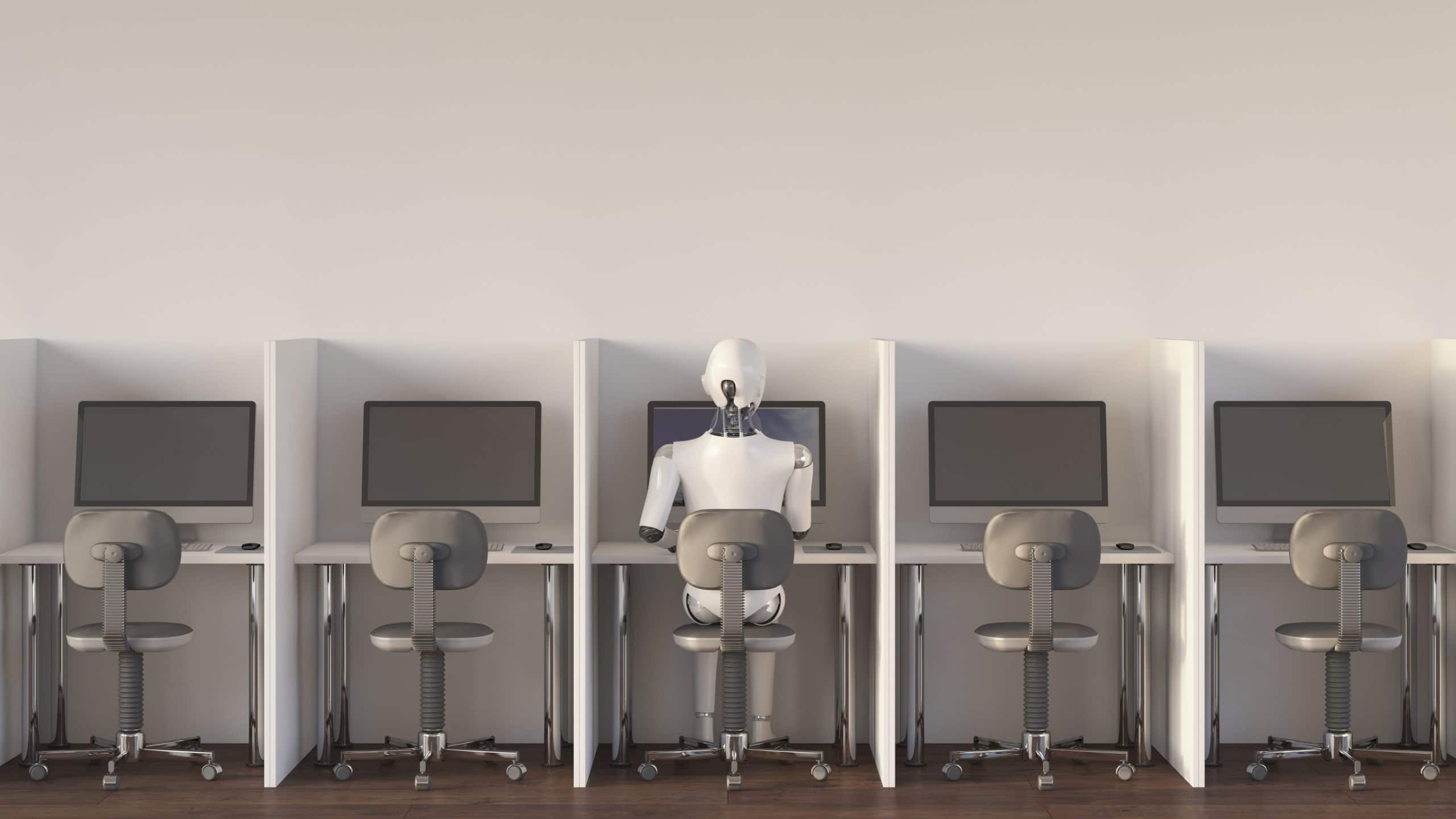The changing relationship between human beings and intelligent machines in the workplace.
BY TIANA CLINE
IT’S SIMPLE: BEING CONNECTED 24X7 BLURS WORKlife boundaries. And with so many employees working from home on a semi-permanent basis, remote work life in the time of the coronavirus pandemic has been a brilliant move for some corporates. Google, for example, are letting their employees work from home until the middle of 2021; yet, others are struggling to keep track of the productivity and wellbeing of their workforce.
If anything, the pandemic has exacerbated workplace mental health issues because it has propelled everyone’s personal life into the spotlight, showing where and how people live as well as the challenges they face when working from home. So the question remains – would you feel more comfortable sharing your personal, work-from-home issues to human resources or to a machine?
A study by Oracle and Workplace Intelligence found that 68% of people would prefer to talk to a robot over their manager about stress and anxiety at work and 80% of people are open to having a robot as a therapist or counsellor.
Loading...
“People are no longer afraid of the robots. They have experienced how artificial intelligence and machine learning can improve the way they work in a very pragmatic way. And the more they use these technologies, the more excited they are about them,” says Emily He, Oracle’s Senior Vice President of the human capital management cloud business group.
Using technological advances like artificial intelligence (AI) to automate monotonous tasks and reduce stress can prevent burnout. According to Oracle, technology can also help to scale mental health support in the workplace, making organizations come across as more empathetic.
“Empathy is built into our prefrontal cortex. It’s an evolutionary skill and it’s within us as human beings,” explains Mimi Nicklin, a business strategist, empathy expert and author of Softening the Edge: Empathy: How Humanity’s Oldest Leadership Trait is Changing Our World.
“Technology can drive empathy in many ways. For example, virtual reality is an incredible tool that has allowed people to empathize with those that are nothing like them. Microsoft is using technology to create apps and interventions that allow us to connect with each other better, whether that’s people with special needs or apps like Microsoft Teams. In some ways, it makes us further apart but in other ways, you’re able to use those screens in the same way that you can if you were sitting next to that person in a cafe, making eye contact.”
Online communication is not always detrimental to empathy because empathy can influence the way we use technology, allowing us to more easily foster an emotional connection. Implementing softscaling, the empathic use of data, shows how technology can grow businesses when stakeholders apply data compassionately, making empathy a part of the business process.
In a remote workplace, where face-to-face conversations have been replaced by video, it is often difficult to read social cues. Research into artificial empathy (sometimes called computational empathy) is currently underway at MIT Media Lab with a project called Deep Empathy which uses AI to help people see things differently, contextually. The same way a human being learns empathy, AI can be taught to develop systems that are more intuitive. And in more human-centered workplaces, like the medical or personal robotics industry, this could be a game-changer.
“There’s never been a more important time for us to have this discussion around why we need higher empathy, higher connectivity between people and certainly within our businesses,” says Nicklin.
“As we look to rebuild our businesses in 2021, that need to create cohesive, connected, motivated teams is critical, especially as organisations try to balance going back to the office, reintegrating their teams, balancing home and office work… we know that in organizations where empathy is higher, when emotional intelligence is high, we see higher levels of output, improved performance, higher motivation. And we see higher levels of cognitive thinking so things like innovation, creativity, design, all of those facets go up in organizations that value and imbue empathy into their culture.”
Loading...
